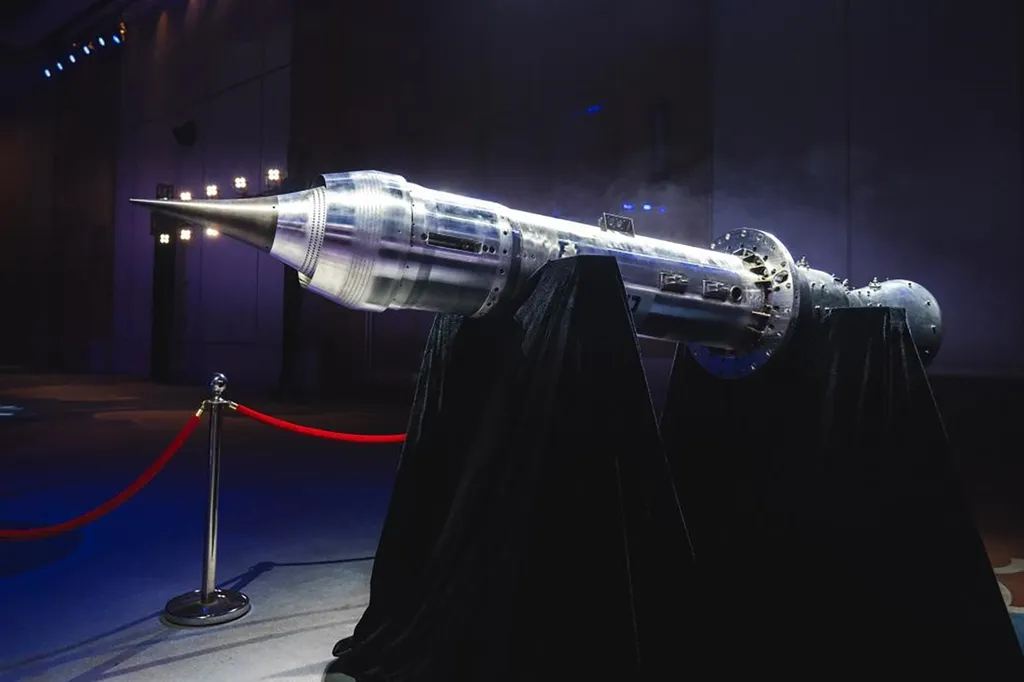In a groundbreaking development poised to revolutionize high-temperature materials, researchers have unveiled a novel composite that could redefine the boundaries of aerospace and energy applications. The study, led by Yu-Xue Liu from the School of Materials Science and Engineering at Beijing Institute of Technology, introduces a WTaNb-C eutectic refractory medium-entropy composite that achieves unprecedented strength at extreme temperatures.
The composite, designed via a pseudo-binary strategy, resolves a longstanding trade-off between strength and castability in ultrahigh-temperature materials. “We’ve achieved a record yield strength of 559 MPa at 2000°C,” Liu explains. “This is a significant leap forward, offering a transformative solution for components that require both thermomechanical robustness and near-net-shape formability.”
The key to this breakthrough lies in the composite’s fully lamellar BCC/M2C microstructure. Semi-coherent interfaces between these phases enable Hall-Petch-like strengthening and thermal stability, while BCCII precipitates within the M2C lamellae enhance strain accommodation through interfacial stress redistribution. This unique structure not only boosts strength but also reduces density by 17-29% and costs by 45–52% compared to traditional materials like Ta-10W and W-25Re.
For the energy sector, the implications are substantial. High-temperature materials are critical for applications such as gas turbines, rocket engines, and nuclear reactors, where components must withstand extreme thermal and mechanical stresses. The WTaNb-C composite’s ability to maintain strength at 2000°C opens new avenues for designing more efficient and durable components, potentially enhancing the performance and lifespan of energy systems.
“This research could shape the future of high-temperature materials,” says Liu. “By addressing the strength-castability trade-off, we’re paving the way for innovative designs that were previously unattainable.”
The study, published in the journal *Materials Research Letters* (translated to English as “Materials Research Letters”), marks a significant milestone in materials science. As researchers continue to explore and refine these composites, the potential for advancements in aerospace and energy technologies becomes increasingly promising. The WTaNb-C composite stands as a testament to the power of computational design and the relentless pursuit of material innovation.

